Browse Policies
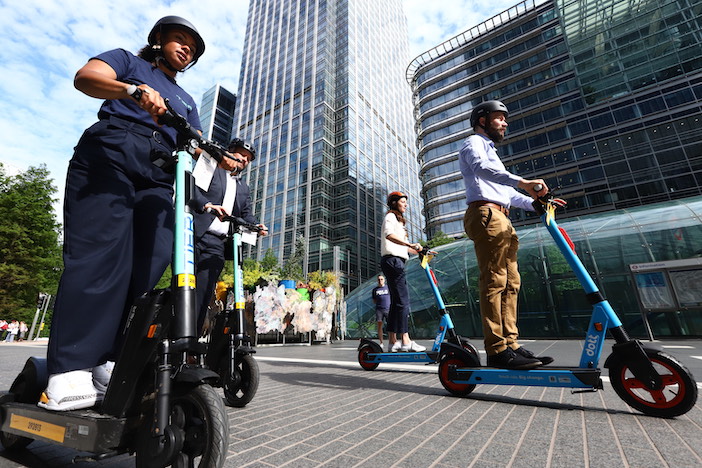
Credit: Traffic Technology International
Transport for London Launches First Ever E-Scooter Pilot, London, UK, 2021
Transport for London (TfL) and London Councils have selected Dott, Lime, and TIER to participate in London’s first ever e-scooter pilot. This pilot will last for up to twelve months and will see up to 6,600 e-scooters operate in the areas of Canary ...
Transportation 2040, Vancouver, British Columbia, Canada, 2012
Transportation 2040 is a long-term strategic vision for the city that will help guide transportation and land use decisions, and public investments for the years ahead.
It provides a blueprint for us to move forward, build upon our past successes, and ...
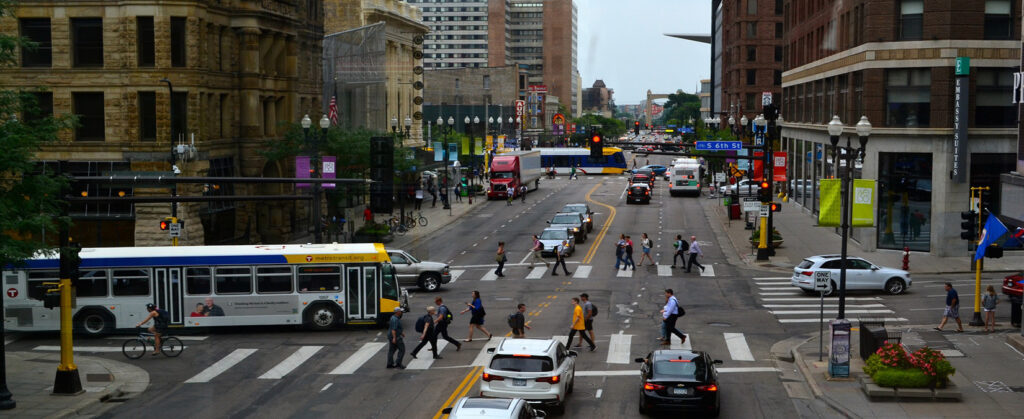
Credit: City of Minneapolis
Transportation Action Plan, Minneapolis, MN, 2020
The Minneapolis Transportation Action Plan (TAP) is a 10-year action plan to guide future planning, design, and implementation of transportation projects for all people however they choose to move around. There are six transportation goals that guide ...
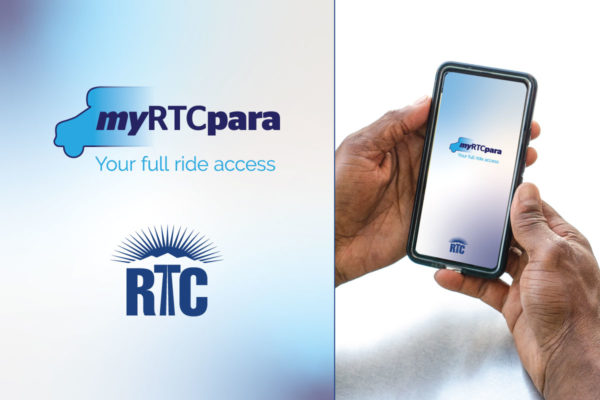
Credit: Regional Transportation Commission of Southern Nevada
Transportation Agency Launches Online Booking Tool for Paratransit, Las Vegas, NV 2021
The Regional Transportation Commission of Southern Nevada has launched myRTCpara, an online booking system for its paratransit service. Through this tool, customers can request rides up to three days ahead of time. In the portal, customers can specify ...
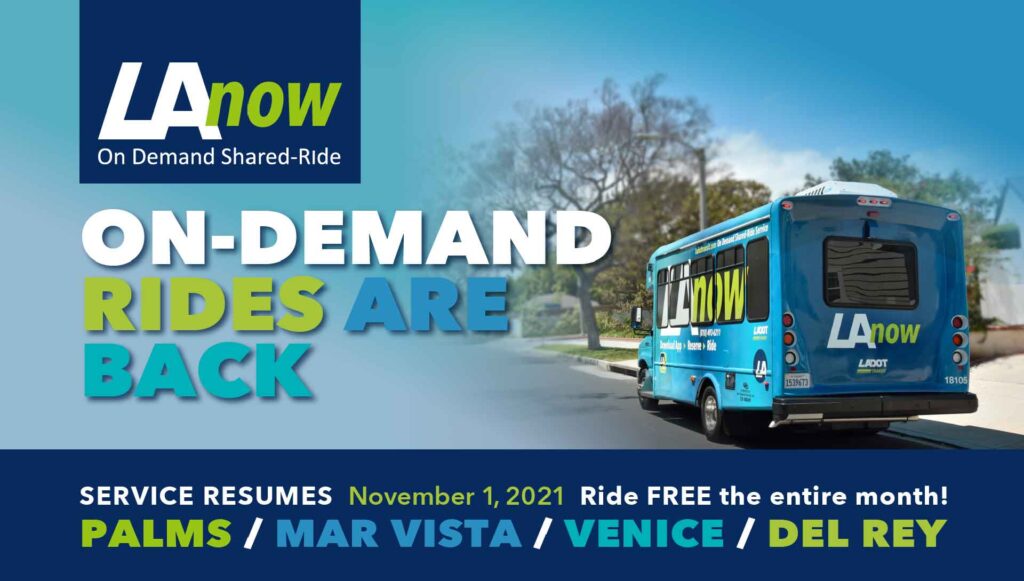
Credit: Los Angeles Department of Transportation
Transportation Agency Relaunches LAnow Microtransit Service, Los Angeles, CA 2021
In March 2020, the Los Angeles Department of Transportation (LADOT) discontinued LAnow, a demand response transportation service (DRT), due to Covid-19.
LADOT has since relaunched LAnow, which provides curb-to-curb shared ride services through the ...
Transportation and Air Quality Control Measures, West Covina, California, 1993
Link land use, transportation, and air quality decisions; minimize the number of peak period vehicle trips generated by additional development; to promote the use of alternative transportation; to improve air quality; maintain the economic vitality of ...
Transportation and Streets and Highways Element of the Las Vegas 2020 Master Plan, 2009
The Transportation and Street and Highways Element provides a comprehensive analysis of the transportation infrastructure system within the city and acts as a guide for decision makers to use when determing, prioritizing, and allocating resources for ...
Transportation Authority of Marin Partnership with Lyft, Marin County, CA, 2016
The Transportation Authority of Marin has entered into a partnership with Lyft, Inc. to support first/last mile solutions to transit with a fund of up to $70,000 from the Vehicle Registration Fee Program (Measure B, 3.2, Commute Alternatives Program). ...
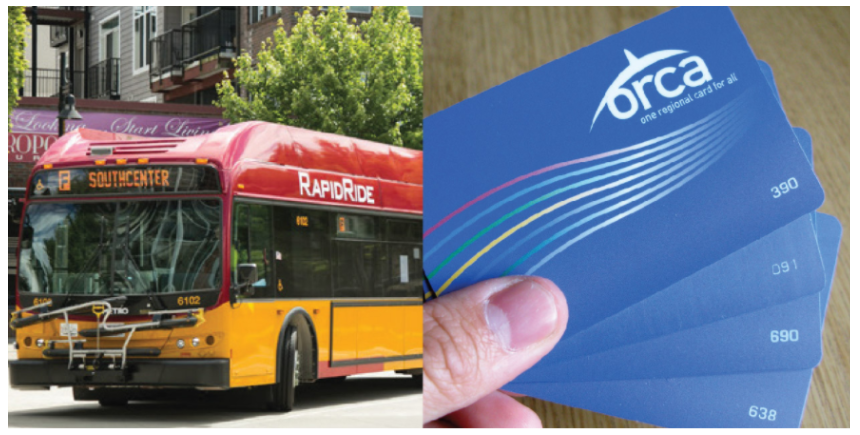
Seattle’s RapidRide hybrid electric bus and public transit ORCA card. Credit: http://www.seattle.gov/transit/about-seattle-transportation-benefit-district/2021-proposal-to-provide-reliable-transit
Transportation Benefit District Proposal to Aid in Equitable COVID-19 Recovery, Seattle, WA, 2020
Seattle, Washington Mayor Jenny Durkan signed Council Bill 119833 on July 31st which will maintain the Seattle Transportation Benefit District (STBD) sales tax of 0.1%. This increase is anticipated to generate between $20 and $30 million annually in revenue ...
Transportation Demand and Trip Reduction Measures, Westlake Village, California, 2005
Prior to occupancy of any development project, the developer shall provide, at a minimum, the transportation demand management and trip reduction measures required by this Chapter. Originally introduced: 4/14/93; 3/9/2005. Citation: Chapter 9.37